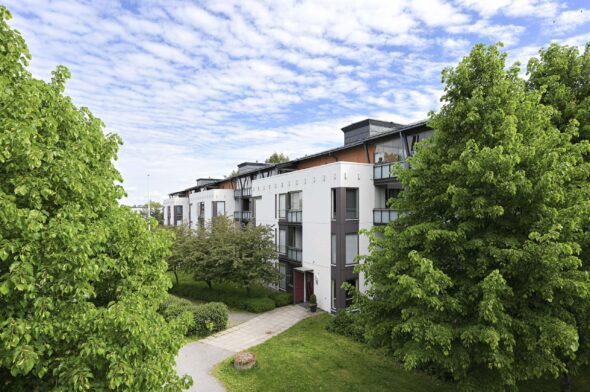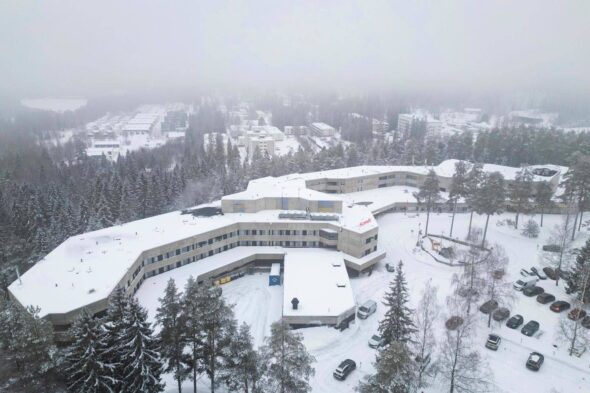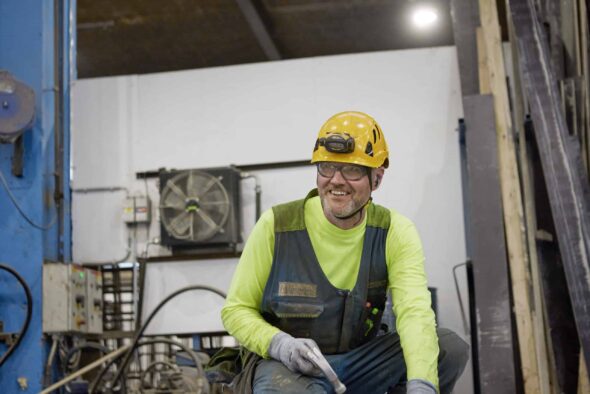The profitability of geothermal investments varies widely across Finland. Property owners get the best results in large cities, where district heating typically costs more than in medium-sized cities.
“In Helsinki, Espoo and Turku, the total price of district heat is 40-60% higher than in Oulu and Vaasa,” says Jonni Ahonen, CEO of LeaseGreen.
“According to our extensive study, profitability is primarily determined by the price ratio between district heat and electricity transmission. In the high price ratio Kouvola, one megawatt hour of district heat costs twice as much as one megawatt hour of electricity transmission.”
The price ratio for Helsinki, Espoo and Turku is 1.7. In low-price Pori, the ratio is 1.0, meaning that heat and electricity transmission cost the same.
The profitability of geothermal investments in large properties is also influenced by the potential returns expected by the owners and the location. Profitability is generally lower in the north of Finland than in the south. This is due to a colder climate: the building needs more energy and less heat is trapped in the soil.
More than 1 500 large properties in the database
LeaseGreen’s report is based on a unique dataset of over 1 500 large properties. The analysis was carried out by combining three types of data: the properties’ own data, public data and data from LeaseGreen’s profitability calculations and energy renovations.
Nearly 800 properties in the Greater Helsinki area were included. More than 100 properties in Tampere and several dozen in other large cities were examined.
The most effective way to reduce the cost of buildings is to change the heat source (energy production investment) or to reduce the energy consumption of existing systems (energy efficiency investment).
“Thermal energy is one of the biggest costs and emissions in buildings,” says CEO Ahonen. “The biggest reductions in costs and emissions come from geothermal heating. It is the most effective way to turn a so-called brown building green.”
Energy efficiency and carbon footprint have become the most important criteria for real estate investors when assessing the value of real estate. Energy investments are also influenced by investors’ return requirements. In Helsinki, the average yield requirement for the best office properties is 3.4%, but in Tampere and Turku it is already 6% and in Oulu 7%. The differences in yield requirements for other property types are similar.
“Our study shows that in a city with a low return requirement, the same investment will increase the value of a property more than in another location where the investor requires a higher return on the property.”
The profitability of a geothermal investment is also typically enhanced by the large size of the property. This is due to the costs of investment planning and project management, which do not increase proportionally as the size of the new system increases.
Growth in nuclear and wind power helps electric heaters
In the short term, electricity prices have reacted strongly to the European energy crisis. However, according to Ahonen, electricity price futures suggest that in the medium term, from 2024 onwards, electricity prices will fall close to pre-crisis levels.
In Finland, Olkiluoto 3 and a large number of new wind farms will improve the situation. Wind power production is projected to rise to a level higher than nuclear power production by the end of the 2020s.
“The war of aggression in Russia has had a fairly moderate impact on district heat prices,” Ahonen says.
“In the medium term, however, upward pressure on prices will continue as district heating companies invest heavily to move away from combustion-based heat production.”
A whitepaper on the return on energy investments in large buildings can be downloaded here.
Further information
Jonni Ahonen, Managing Director, LeaseGreen
+358 50 301 3589
jonni.ahonen@leasegreen.com












